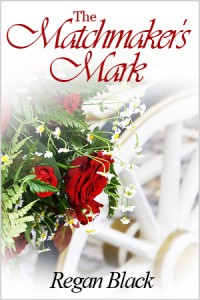As a relatively new indy paranormal romance author, I’ve found continuing changes in publishing mean the same team of support personnel, but at different stages and often hired in different ways than the prior career publishing models. Publishing may be in flux, but it’s not all happening at the wholesale/retail stage of the business.
Authors who write everything from paranormal romance to non-fiction frequently expound on the very real opportunities within the ever changing framework. And they’re right. Options are fantastic these days, if an author takes the time to know what they want from their writing.
Labels ranging from Traditional to Indy to Hybrid don’t alter the fact that authors and books need the same high standard and assembly requirements before they reach the reader.
Many people think a beta reader is a new thing, but it’s a role that’s been played out in publishing forever. In the traditional publishing model a savvy author wrote, shared that work with someone, and listened for feedback before sending that work on to an editor or agent.
Traditional, Indy or Hybrid, that step of the process still exists, but paranormal romance authors, and authors of every genre, now find their beta readers through sources beyond friends, family, and writing groups. Often through social media connections.
Editors are still an essential component in every author’s plan to develop a quality book for readers. A good editor will address everything from grammar to continuity which helps make the work stronger and eventually better for the reader. Conversely a bad editor can ruin the process, if not the book.

Good and bad editors exist on all paths of publishing , but Indy authors have a bit more freedom and control over who they work with and how that process goes. Just as word of mouth helps promote a great parnormal romance novel, word of mouth is great advertising for freelance editors.
At the old ‘galley’ stage, additional editors such as copy or line editors meant fresh eyes were on the project to catch all the little details that might have slipped by everyone else. As authors we get so familiar with our work, our brains will often fill in what should be there rather than what is there.
Regardless of the format of the book (ebook, paperback, trade paper or hardcover) this line editing stage is vital to deliver a good product and an excellent reading experience.
Formatting is the new book design and layout phase. This stage and expertise of publishing is just as important as ever. Just like editing benefits from line editing, formatting requires a technical review to be sure the book looks good on every device.
Cover art is an especially fun element of publishing, no matter your preferred path. I happen to adore my cover artist and I love how much input I have on covers as an indy paranormal romance author. Plus I can send the art out on social media and get feedback from my fans. It’s the best test panel ever.
It’s actually a comfort to realize as the publishing industry continues to leap forward and quake in turns, as the opportunities for both authors and fans improve, the nuts and bolts of creating a good book stay virtually the same.
Live the adventure!